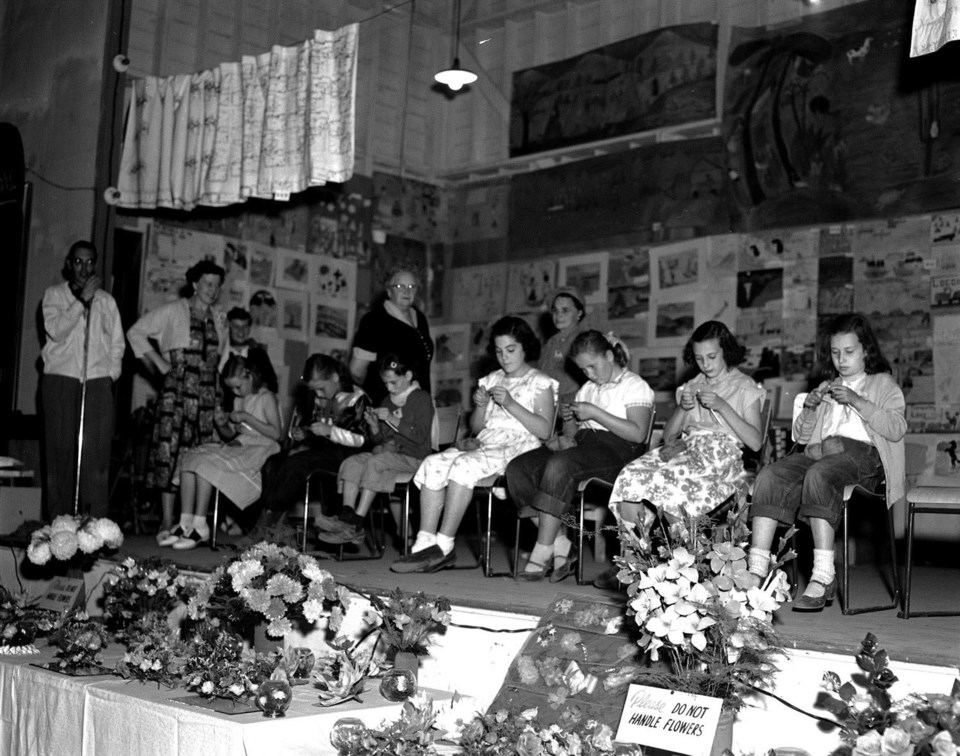There's no better time to take a look back than at the centennial celebration of the Prince George Exhibition.
Nancy Loreth, president of the Prince George Agricultural and Historical Association, the non-profit society that holds the fair, will showcase the fair's rich history with a display that will take up most of one of the buildings on the fairgrounds.
Last year, the Heritage Commission of the City of Prince George acknowledged the association with a Heritage Citation Award to acknowledge its work in displaying the region's history.
"It all started with Heritage Lane," said Loreth. "We have increased our historical content 100-fold by creating it."
Huble Homestead, Central Interior of British Columbia Forestry and Railway Museum, Blackburn Community Association, Fort St. James Museum, Barkerville, The Exploration Place and the Prince George Public Library all contribute to the display of history at the PGX.
"Now Huble Homestead will not only have a depiction of the General Store but also Huble House during the fair," said Loreth. The library has added a display that's a tunnel the mini rail train will travel through.
Stepping back in time:
The first fair was held Sept. 17 and 18, 1912.
Most of the details are documented in Lois Rush's book See You At The Ex, the first 75 years of the Prince George Exhibition, 1912-1987.
Loreth said she's proud of the fact the fair is older than the City of Prince George, which was incorporated in 1915.
Over the years, some things have really changed. Others, amazingly, stayed the same.
By all accounts the first fair, held downtown, saw about 200 people attend while 46,000 people entered the gates in 2011. The pay out for the best of home arts was $6 then and a century later it's still $6.
The fair was held at several different downtown locations during the first 35 years then settled on Carney Street in 1947.
In 1964 an agreement was made between the City of Prince George and the exhibition association to manage the fair grounds from which they operate today.
The first cancellation of the fair took place in 1914 when the First World War was declared.
Due to lack of funding in 1918 and lack of interest in 1926 there was no fair.
The war effort eclipsed the 1942 fair, as well.
In 1922 people coming to the fair could get a discount on their rail ticket.
"The ranchers would travel by train with their cattle and herd them from First Avenue to the fair grounds," said Loreth. "Can you imagine?"
As early as the 1930s the Boys and Girls Club, now known as 4-H, participated in the fair, always emphasizing a strong agricultural aspect of the fair.
Back in the '50s, young ladies would gather for knitting contests where speed and accuracy were key. Chuck wagon races were also popular.
There were bathing beauty contests but the cutest baby contests just got too intense. Judges of the baby contest were ostracized for their choices and the contest fell by the wayside because, after a while, no one dared judge the contest.
Horse racing was always a huge part of the fair, especially when the fair moved to its present location.
In 1955 8,000 people attended the fair, the highest number in a great many years.
In the '70s that number climbed to the 30,000 mark and present-day numbers are consistently in the low 40,000s.
Midways were always popular. There were rides and games of chance offered by Gayland Shows, MF Wagner, West Coast Amusements and Shooting Star.
For more information about the 100th PGX visit pg-x.com.


